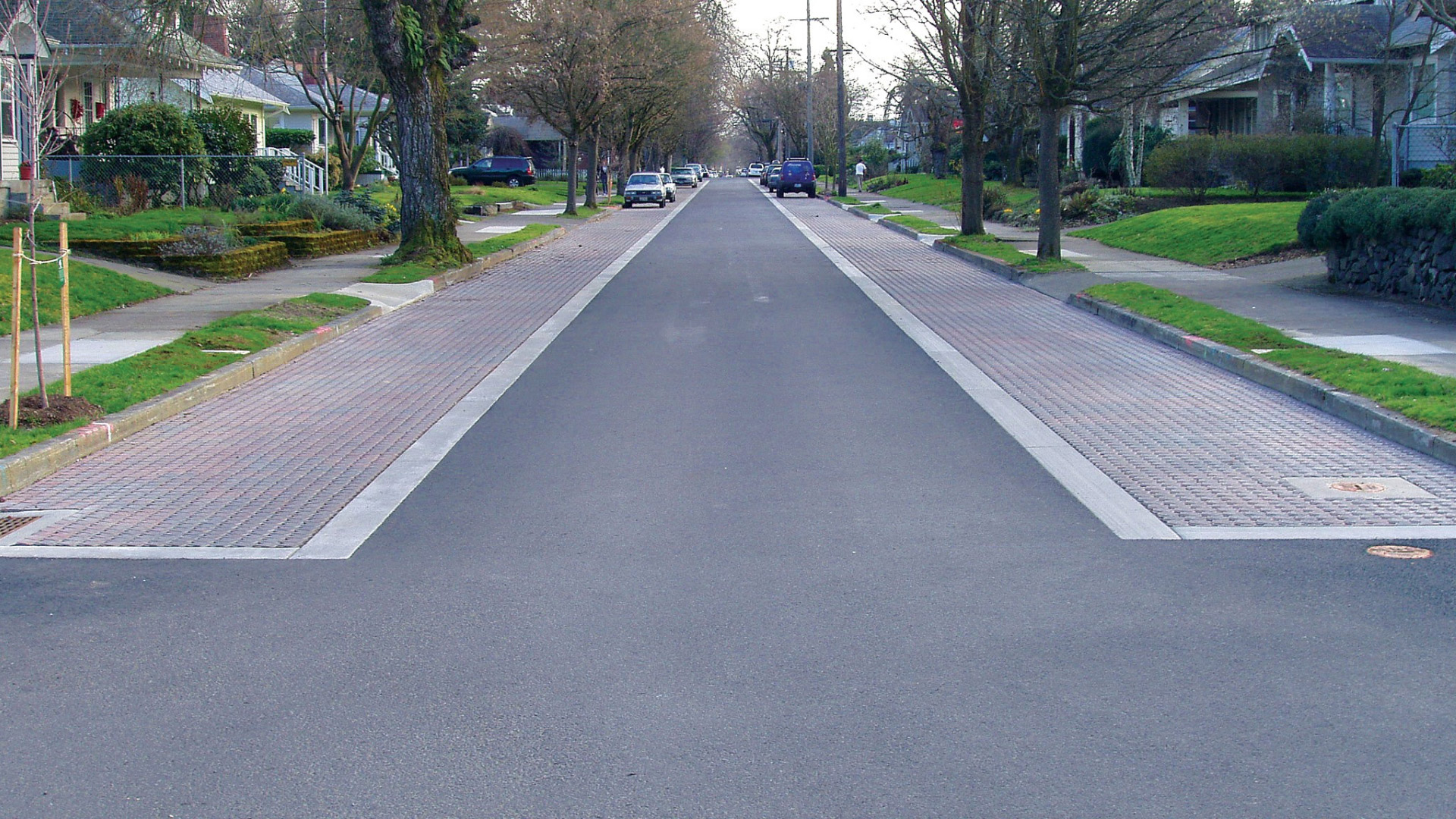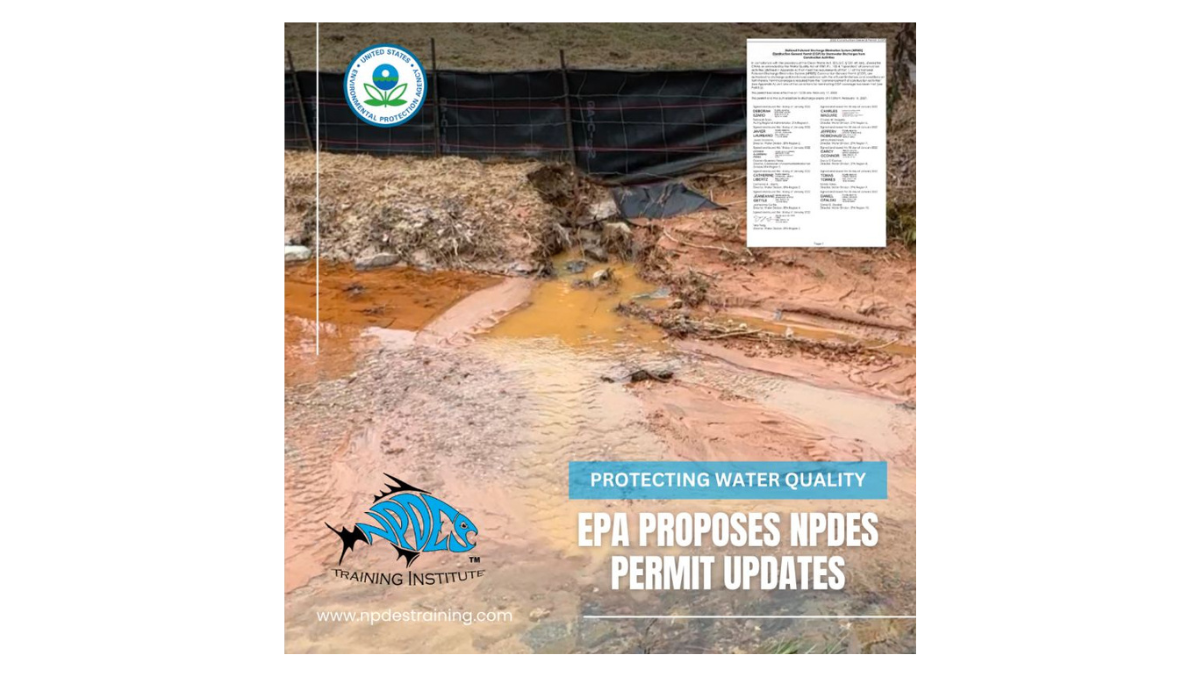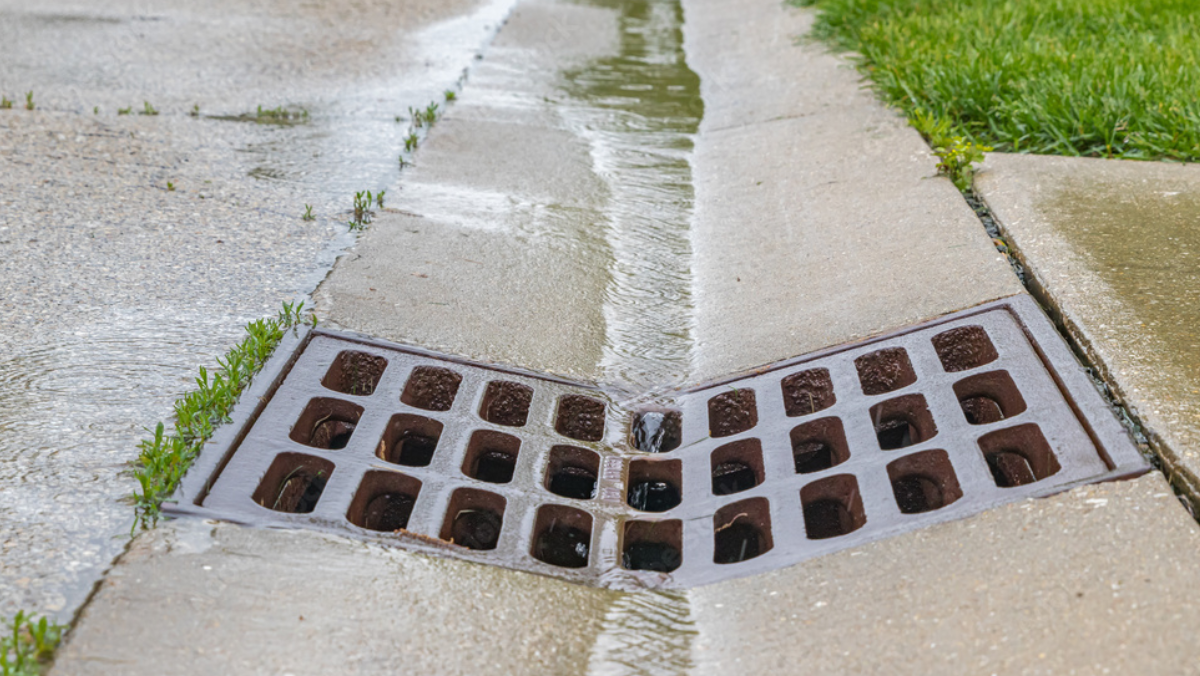RESEARCH
Can Smarter Pavement Stop Future Floods?
Permeable pavement beats rain gardens in climate stress tests, offering cities a stronger line of flood defense.
16 May 2025

A new study from Ohio has found that permeable pavement performs significantly better than rain gardens in managing stormwater under projected climate change scenarios, offering cities a potential tool to mitigate future flooding risks.
Released in April 2025, the study assessed the performance of common green infrastructure systems under high-emission climate forecasts. It found that while rain gardens, landscaped areas designed to absorb runoff, struggled to manage heavier rainfall, permeable pavements maintained consistent drainage performance even in simulated extreme storm events.
The findings come as many US cities face increasing pressure to modernise stormwater systems built for outdated weather patterns. Engineering firms and city planners are now reviewing how permeable pavement could be integrated into long-term resilience strategies.
“This is about more than drainage, it’s about safeguarding cities,” said Dr Erin O’Connell, a hydrologist who advises several municipalities around the Great Lakes. “With climate-aware design, we can stay ahead of the curve instead of reacting after the damage is done.”
The study used internationally recognised climate models to simulate mid to late century rainfall events, testing how each system responded to varying intensities. While rain gardens became overwhelmed in the heaviest scenarios, permeable surfaces, which allow water to pass directly into the ground, continued to perform within acceptable thresholds.
Policy and funding incentives may accelerate adoption. Federal agencies increasingly require resilience-focused criteria when allocating infrastructure grants, with cities able to demonstrate climate readiness often receiving priority.
Challenges remain, particularly around updating local building codes and ensuring the long-term maintenance of porous surfaces, which can become clogged over time. However, the Ohio study is already influencing regulatory conversations and infrastructure proposals in multiple states.
As urban areas prepare for more frequent and intense storms, the results could mark a shift in how stormwater systems are designed, favouring surfaces that do not just manage today’s rain but tomorrow’s as well.
Latest News
4 Dec 2025
EPA Draft Rule Tests Industry’s Climate Nerve20 Nov 2025
Clearer EPA Stormwater Rules Spark New Interest17 Nov 2025
ADS Moves to Recast the Drainage Market13 Nov 2025
Can Smart Tools and Green Design Fix Urban Flooding?
Related News

REGULATORY
4 Dec 2025
EPA Draft Rule Tests Industry’s Climate Nerve

REGULATORY
20 Nov 2025
Clearer EPA Stormwater Rules Spark New Interest

INVESTMENT
17 Nov 2025
ADS Moves to Recast the Drainage Market
SUBSCRIBE FOR UPDATES
By submitting, you agree to receive email communications from the event organizers, including upcoming promotions and discounted tickets, news, and access to related events.